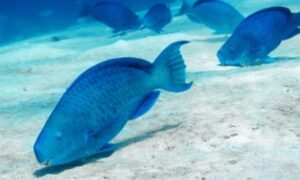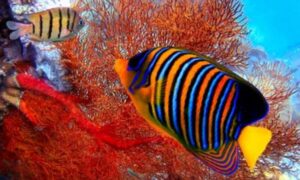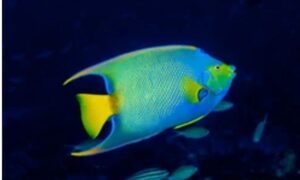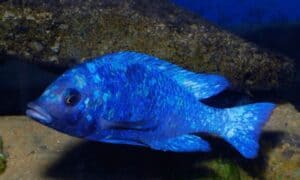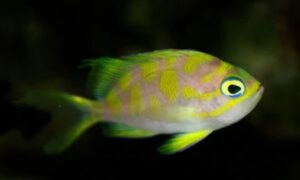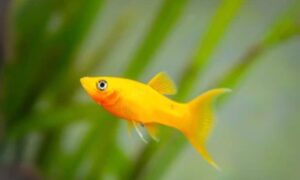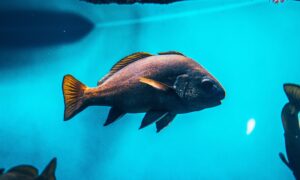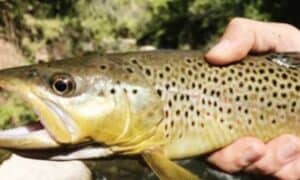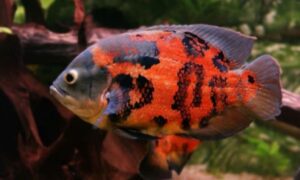Introduction to Mbuna Cichlids
Let’s find out about Mbuna Cichlid types and much more about them. Mbuna cichlid is known as one of the most popular home pet fish in the world, and they can be easily found in many pet shops. Mbuna translates to rockfish, it refers to all rock-dwelling fish from this lake. Mbuna cichlids are available in many beautiful colors like blue, purple, red, or orange.
You can find Mbuna cichlids in the rocky areas of Lake Malawi. Mbuna cichlids have a lifespan of eight years in an aquarium setting.
They can grow up to six inches in length, which depends on the specific species. Mbunas will almost always be kept in groups this is done for two reasons firstly it helps to keep aggression down and secondly these fish breed in groups.
Table of Contents
Mbuna Cichlid types
Cobalt zebra
The scientific name of the cobalt zebra is Maylandia callainos. They are also called Blue zebra cichlid or Zebra Malawi cichlid. They are species of cichlid that are native to Lake Malavi. They can reach a length of 8 centimeters. They feed on Algae and they must have vegetables as at least half of their diet. They are aggressive and territorial fish in nature. Each male has to be Kept with several females to reduce their aggression.
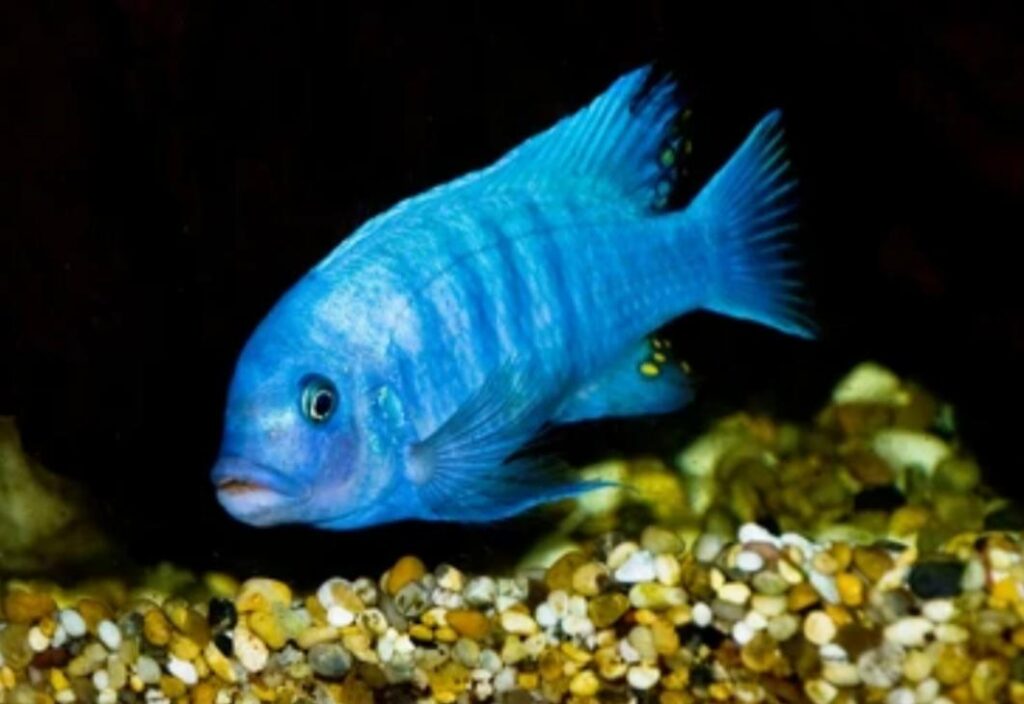
Electric yellow cichlid
Electric yellow cichlid or yellow lab cichlid is an immensely popular freshwater fish. it’s been a favorite of cichlid enthusiasts since its popularization in the 1980s. They have a vibrant yellow color and the contrast with those black fins is absolutely beautiful. The yellow lab is a Mbuna species and it is native to Lake Malawi in Africa where they live in deeper rocky waters.
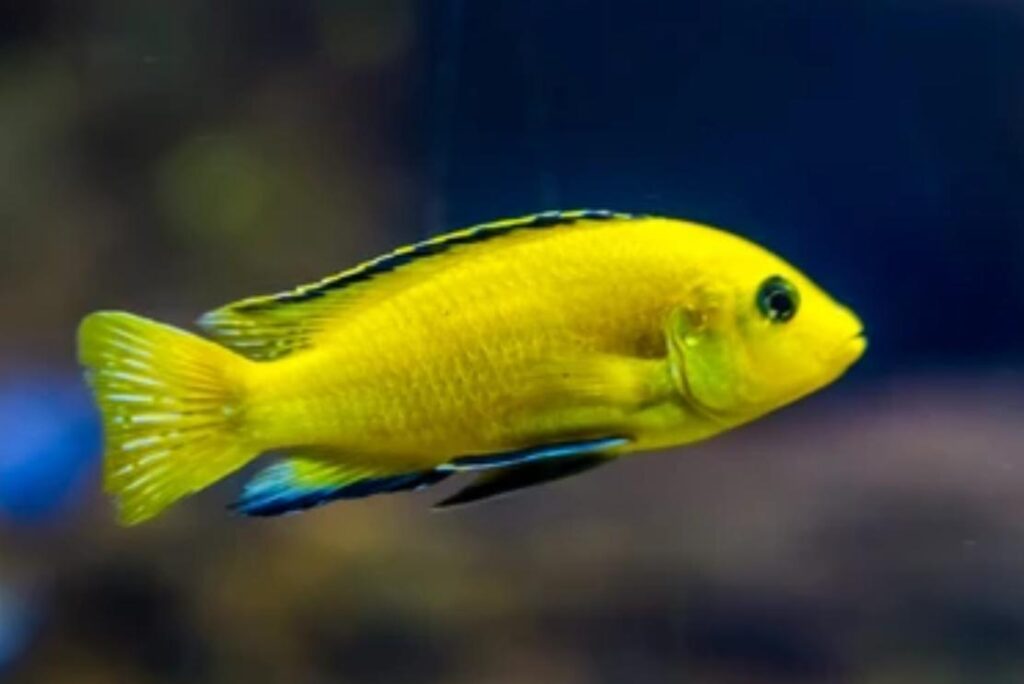
Red zebra cichlid
The red zebra cichlid is a Lake Malawi cichlid. The males and females have quite a similar appearance. They have a beautiful dark orange color. They are relatively aggressive fish. They are omnivorous fish by nature. They grow up to a length of four to six inches and they live for five to eight years in captivity.

Golden cichlid
Golden Mbuna fish is a species of cichlid fish that are native to Lake Malawi. They are found in the rocky areas along the shoreline of the lake, where they can move easily among the rocks. Golden cichlid gets their name from their beautiful striking golden-yellow coloration, which is accented with black stripes and spots. They have a streamlined body shape that is well-suited for their natural habitat, allowing them to swim quickly and efficiently through the water.
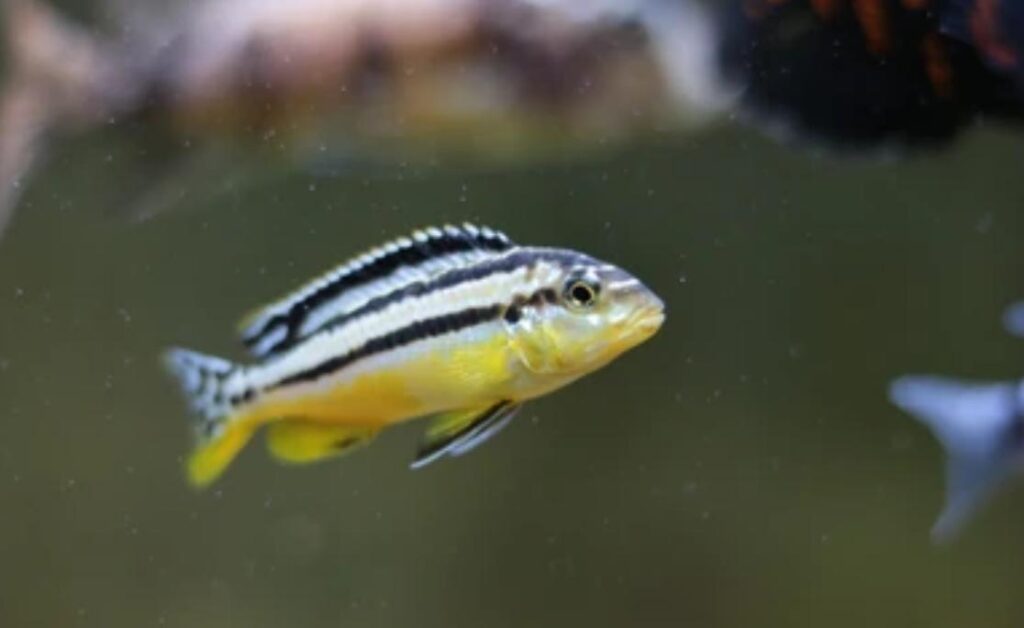
Pindani cichlid
They are also known as the powder blue cichlid and Pseudotropheus socolofi. They grow around 5 – 5.5 inches. Pindani cichlid is a moderately aggressive fish. Their typical diet is a high-quality spirulina-based pellet.
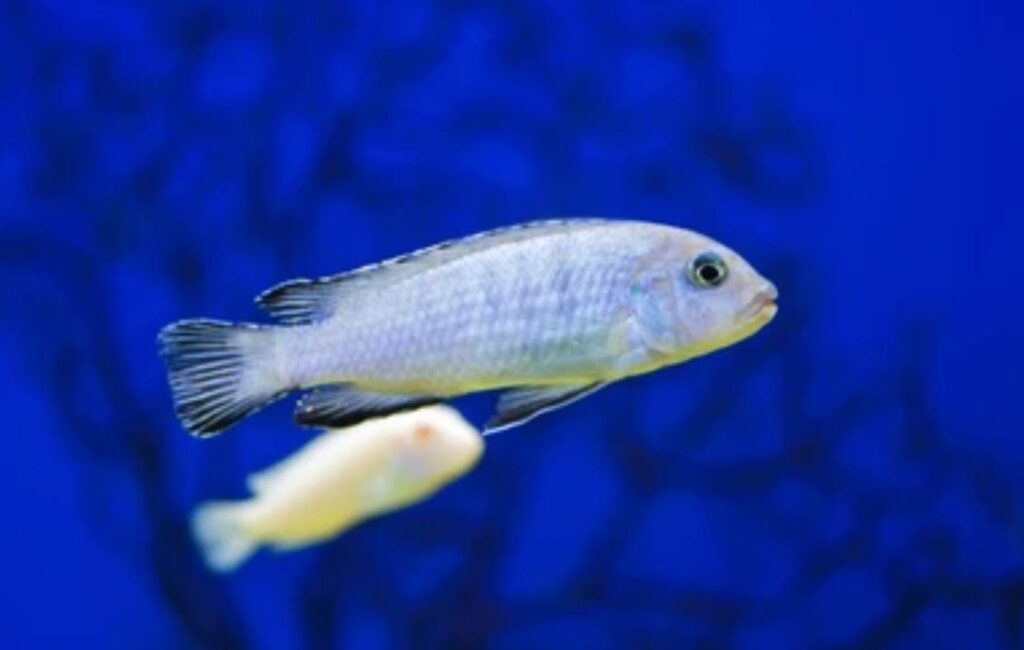
Ice Blue Cichlid
Ice Blue cichlid is also known as William’s mbuna, blue zebra mbuna or ice blue zebra. They are native to Lake Malawi. They are an aggressive mbuna species that should be avoided by beginners. They are not considered to be community fish.

Dialeptos Cichlid
Another name for Dialeptos Cichlid is dwarf auratus. They are native to Lake Malawi. They can be kept along with other Mbuna or the same species with a single male & 4 to 5 females. Among Mbuna these are the most aggressive cichlids. Their aggression can be controlled with the right tank size, tank mates & tank decor.
Perlmutt Cichlid
It is also known as Labidochromis perlmutt. Labidochromis is actually made up of two parts: labi anddochromis, which basically means “labidochromis” in Greek. Due to the beautiful pearl color that appears on their flank, they have been given the name Perlmutt. Their diet consists of small insects and invertebrates.
Clown lab cichlid
It’s a beautiful tiny Mbuna cichlid from Lake Malawi. Their scientific name is Labidochromis caeruleus. They live in rocky areas around Chismulae Island. They are one of the most popular types of African cichlids. Clown lab cichlids are fairly easy to care for and they are found in a variety of beautiful colors and patterns.
Bumblebee cichlid
They are also known as pseudotropheus crabro. It’s a tropical freshwater cichlid that is native to Lake Malawi. They can reach a length of 16 centimeters. Bumblebee cichlid basically occurs along rocky coastlines and the formation of reefs on the coasts of Mozambique and Malawi. It’s an aggressive mbuna species that should be avoided by beginners.
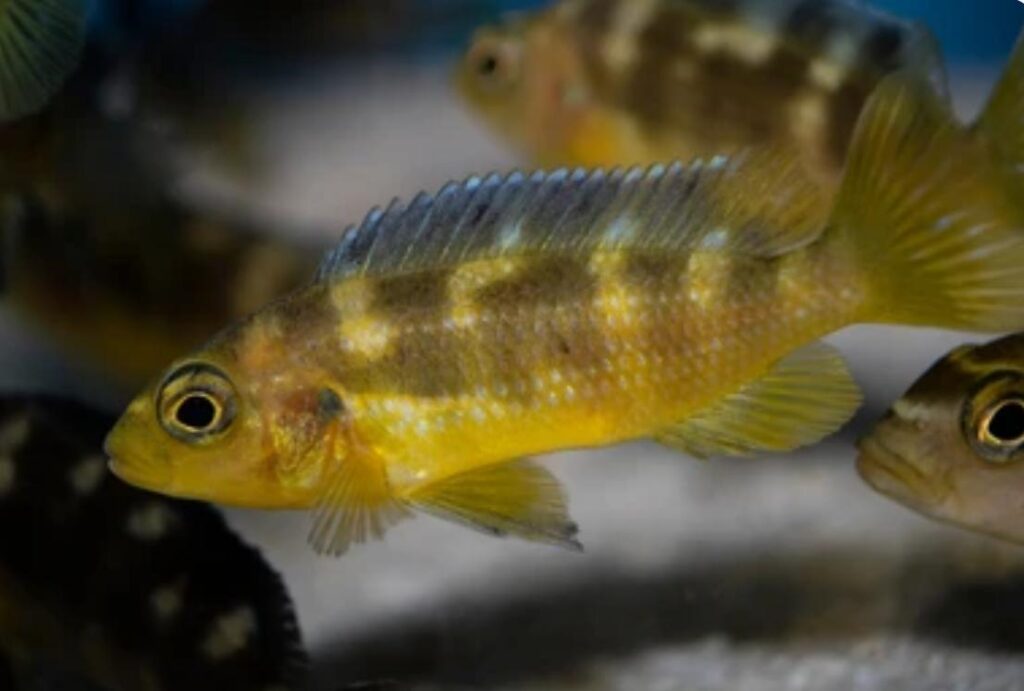
Fun facts about Mbuna cichlids
- Mbuna cichlids are living among the rocky piles and rocky shores of Lake Malawi.
- The meaning of their name is “rockfish” in the language of the Tonga people of Malawi.
- Mbuna cichlids are very beautiful and vibrant colored freshwater fish in the world.
- Mbuna cichlids consist of a wide range of beautiful colors and patterns.
- Male Mbuna fish are quite truculent and they hold territories and breed year-round.
Mbuna Cichlids Overview
The lifespan of Mbuna cichlids
Mbuna cichlids have a lifespan of eight years in an aquarium setting.
Understanding Mbuna Cichlid Behavior
Mbuna cichlids are truculent and they should only be kept with other Mbuna cichlids to minimize aggression. They are excellent hardy fish and are a great addition to your tank. Their name translates into Rockfish because they like to reside in rocks. Mostly Mbuna species are aggressive and territorial regardless of their size or specie. Since they are aggressive so they need a good amount of space in your tank to swim freely. They are colorful fishes and are quite easy to breed.
Mbuna Diet
Mbunas will enjoy eating protein-rich food but you should feed those occasionally and not on a daily basis since your Mbunas can die by eating shrimp every day. The majority of Mbuna cichlids are herbivores so their favorite food is algae, biofilm, and aquatic plants.
You must avoid protein-rich foods since Mbunas have poor digestive systems so they are not able to cope with a large number of proteins.
Mbuna Cichlid Breeding Tips and Techniques
The spawning process of Mbuna cichlid is not that hard. Their care requirements are the same as non-breeding Mbuna cichlids. If you want to breed Mbunas then make sure you don’t overfeed them. They can easily become obese as they will eat everything you give them. This results in their bad health. Since mbunas are rock dwellers so obviously they like to spawn on rocks and caves.
Mbuna cichlids are basically female mouth brooders so female species will keep the offspring inside their mouth. On the other hand, male mbuna consists of some egg-shaped spots on their anal fins, so the female Mbuna tries to pick them up. By doing this female fish receives a mouthful of sperm that fertilizes the eggs inside her mouth and this is their process of spawning.
Mbuna Tank Setup
Mbuna tank setup is very important as some of them are aggressive fish so it’s important to have the perfect tank setup for Mbunas. Since they are highly aggressive so they need a larger tank to swim freely. I suggest you keep at least two females for every male. Their recommended school size is at least twenty fish, but thirty or forty is much better.
If you don’t want to breed them then the best decision is to keep all females. Also, make sure the water in the tank is clean and well-oxygenated. Fifty-three gallons is best for Mbuna cichlids.
Mbuna tank mates
Some fishes that go well with Mbunas are red-tail sharks, giant danios, pleco, scavenger catfish, red rainbow fish, African red-eyed tetra, and leopard bush fish.
Conclusion
In conclusion, Mbuna Cichlids are a popular species of freshwater fish that are known for their vibrant colors and unique patterns. They are native to Lake Malawi and are primarily found in rocky areas along the shoreline. Mbuna Cichlids have a lifespan of up to eight years in an aquarium setting and can grow up to six inches in length, depending on the specific species.
One interesting aspect of Mbuna Cichlids is their group behavior. They are almost always kept in groups to help keep aggression down and to facilitate breeding, which occurs year-round. This behavior is important to consider when caring for Mbuna Cichlids, as they require adequate space and resources to maintain their group dynamics.
There are several different types of Mbuna Cichlids, each with its own unique characteristics and needs. The Cobalt Zebra, Electric Yellow, Red Zebra, Golden, Pindani, Ice Blue, Dialeptos, Perlmutt, Clown Lab, and Bumblebee Cichlid are just a few examples of the different species available.
Overall, Mbuna Cichlids are a fascinating species of fish that require careful consideration and proper care. They are a great addition to any aquarium, as long as their specific needs are met. With their vibrant colors, unique patterns, and interesting group behavior, Mbuna Cichlids are sure to capture the attention of any aquarium enthusiast.
To read more about fish and their types and much more visit our website fishcaringnow.com


